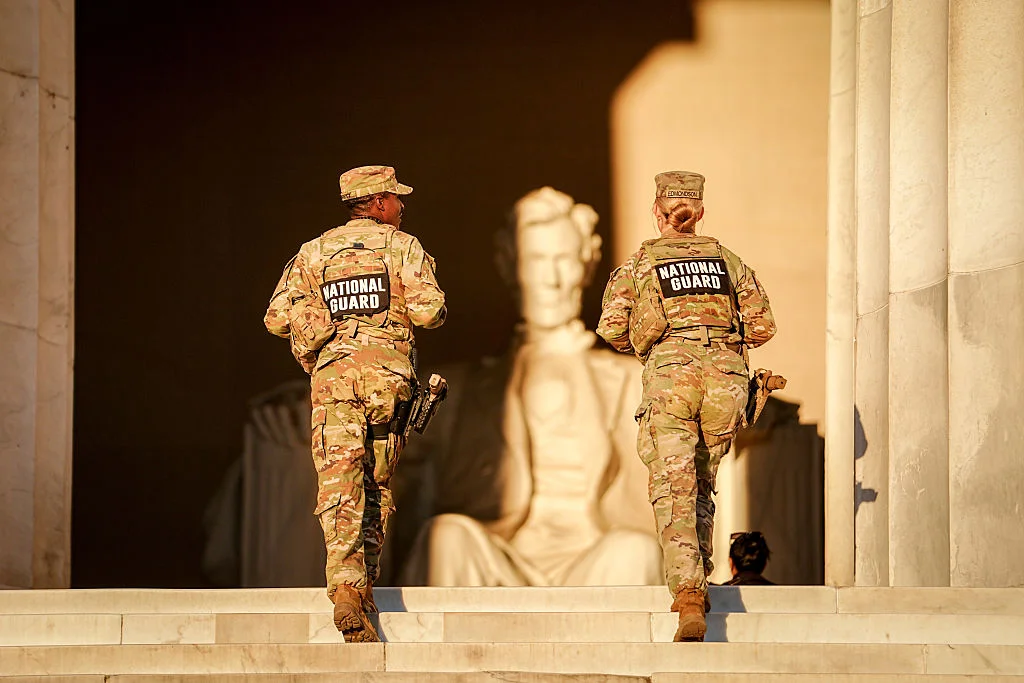
The Constitution and the National Guard
How extensive is the President’s power to deploy state units of the National Guard for federal law enforcement?
How extensive is the President’s power to deploy state units of the National Guard for federal law enforcement?
On June 19, the United States Court of Appeals for the Ninth Circuit ruled in Newsom v. Trump that the President could deploy the Guard to protect federal property in Los Angeles. On October 4, a federal district judge ruled in Oregon v. Trump that the President could not use the Oregon National Guard for the same purpose in Portland.
The term “National Guard” is somewhat misleading. There is a different national guard in every state. Each is governed largely by state law, and the governor is its commander-in-chief. Historically, a state’s national guard was referred to as its “militia” — and the Constitution uses that term.
From the point of view of a Trump administration lawyer, both the Newsom and Oregon cases are questionable. Even though the Newsom court ultimately ruled for the President, it failed to abide by a longstanding Supreme Court precedent holding that the chief executive alone has discretion to determine the scope of his deployment authority. On different facts, the Oregon court also disregarded this precedent to rule against the administration.
Both cases support the view that there is a judicial double standard — a forgiving one for other chief executives, and a much more demanding one for President Trump.
Yet if we follow the Constitution, it may well be that the outcomes (although not all the reasoning) of both cases are correct. To understand why, we must review the Constitution’s militia rules and examine why the federal government is out of compliance with them.
The Founding-Era Background
The Declaration of Independence created not one new nation but thirteen “free and independent states.” Beginning in 1781, the Articles of Confederation came into effect. The Articles created not a government, but a treaty organization, somewhat akin to NATO. It was not until the people of the states ratified the Constitution that the United States became a single nation — and even then, three states (North Carolina, Rhode Island, and Vermont) remained independent for a time. There is, to be sure, a common claim that federal sovereignty limited state sovereignty even before the Constitution was ratified. But history and international law show that the claim is clearly erroneous.
As sovereign nations, the states had full power to wage both defensive and offensive war. Under the Articles, the states reserved power to conduct defensive war and ceded to the Confederation Congress both defensive power and near-exclusive authority over offensive operations. The Constitution kept this scheme mostly intact, although it actually recognized somewhat more state defensive war power than did the Articles.
Throughout this period, each state maintained a body of part-time soldiers called its militia. Militiamen were used for state defense only. For offensive and multi-state defensive operations, the Confederation Congress, and later the federal government, raised regular armies.
During this period, popular attachment to state militias was very strong. The founding generation saw state militias as vital to defense. Moreover, as Federalist No. 45 demonstrates, they considered state militias important checks on the central government and counterbalances to a federal standing army.
The Constitution’s Language
Yet the constitution-makers also recognized that state militias could be a useful federal tool for fighting defensive war and enforcing federal law. Accordingly, the Constitution’s Calling Forth Clause (Article I, Section 8, Clause 15) granted to Congress the power
“To provide for calling forth the Militia to execute the Laws of the Union, suppress Insurrections and repel Invasions.”
Additionally, the Militia Organization Clause (Article I, Section 8, Clause 16) granted Congress authority
To provide for organizing, arming, and disciplining, the Militia, and for governing such Part of them as may be employed in the Service of the United States, reserving to the States respectively, the Appointment of the Officers, and the Authority of training the Militia according to the discipline prescribed by Congress.
The Newsom court erred when it stated that “Congress has delegated some of its power to call forth the militia to the President.” In fact, the Constitution did not grant Congress authority to call forth the militia, but to define when the President, in the execution of his own duties, could call forth the militia. (In eighteenth-century English, the phrase “provide for” looked toward the future, as in “making provision for.”) Of course, the congressional definition of the President’s calling-forth power cannot exceed constitutional limits.
After the President calls forth state militia units, he serves as their commanding officer while they remain in federal service (Article II, Section 2, Clause 1).
In the exercise of its militia powers, Congress may authorize the President to call forth the militia in some constitutionally-authorized cases, but not in others. As detailed below, this is exactly what Congress has done.
Constitutional Limitations
In a document granting enumerated powers, there is a strong presumption that powers not enumerated are not granted. The Founders drafted and ratified the Constitution with the explicit understanding that this presumption would apply. Thus, the Militia Organization Clause tells us that Congress may delineate the rules whereby states train the militia, but it leaves the training itself to the states. The Calling Forth Clause authorizes federal use of the militia to enforce federal law and wage defensive war (“suppress Insurrections and repel Invasions”) — but to those purposes alone.
These limits were emphasized in the debates over the adoption of the Constitution. The Virginia ratifying convention provided the most thorough discussion of this subject.
Participants on both sides emphasized the defensive role of the militia, much as Alexander Hamilton in Federalist No. 29 did when he referred to the militia as “the most natural defense of a free country.” However, Antifederalists worried that the Constitution might give the new government too much control over the militia. With too much control, they said, federal officials might deploy state units in “distant and hopeless expeditions.” Or they might under-supply the militia, thereby weakening state defense against invasion, a standing federal army, or federal overreaching.
The Constitution’s supporters responded, and their responses were as authoritative as one could wish. Their spokesmen included (1) James Madison, (2) Governor Edmund Randolph, (3) the future Chief Justice John Marshall, and (4) George Nicholas, a talented friend of Madison’s who had studied under George Wythe and later briefly became a law professor himself. Here are some examples of what they said:
* Madison:
The authority of training the militia, and appointing the officers, is reserved to the states. Congress ought to have the power to establish a uniform discipline throughout the states, and to provide for the execution of the laws, suppress insurrections, and repel invasions: these are the only cases wherein they can interfere with the militia . . . .
* Nicholas:
These powers only amount to this—that they can only call them forth in these three cases, and that they can only govern such part of them as may be in the actual service of the United States . . . There is a great difference between having the power in three cases, and in all cases. They cannot call them forth for any other purpose than to execute the laws, suppress insurrections, and repel invasions.
* Randolph:
Does [the Constitution] provide that the laws are to be enforced by military coercion in all cases? No, sir. All that we are to infer is, that when the civil power is not sufficient, the militia must be drawn out . . . They are only to be called out in three cases.
* Marshall:
For Continental purposes Congress may call forth the militia, — as to suppress insurrections and repel invasions. But the power given to the states by the people is not taken away; for the Constitution does not say so . . . When invaded, [the states] can engage in war, as also when in imminent danger. This clearly proves that the states can use the militia when they find it necessary.
The Breakdown in Constitutional Limits
In Houston v. Moore (1820), the Supreme Court acknowledged the Constitution’s state-federal division of authority over the militia. Since that decision, though, the federal government has extended its power over state militias, with the Supreme Court meekly deferring to federal actions. Thus, in Martin v. Mott (1827), a militiaman claimed a presidential order did not comply with the “calling forth” grounds specified in the Militia Act of 1795. But the Supreme Court ruled that “the authority to decide whether the exigency has arisen, belongs exclusively to the President, and that his decision is conclusive upon all other persons.”
In 1933, Congress enacted a “dual enlistment” system. Under this system, any person enlisting in a state National Guard automatically enlists in the Army Reserve. Because the federal government may call up reservists at any time, it effectively may nationalize guardsmen at any time.
The Supreme Court should have voided this scheme as an end run around the limits of the Calling Forth and Militia Organization Clauses. Instead, it effectively endorsed the dual enlistment system in Perpich v. Department of Defense (1990). The court claimed this was a proper exercise of the Constitution’s power to “raise and support Armies” (Article I, Section 8, Clause 12). The bench also held that by the “plain reading” of the Constitution, federal authority to prescribe a training regimen for the states included the power to train guardsmen itself.
Also illustrative of the court’s dismissal of state, as opposed to federal, military interests is Torres v. Tex. Dept. of Public Safety (2022). There, the justices relied on Perpich to uphold congressional authorization of private damage suits against non-consenting states:
By ratifying [the Constitution] the States well knew that their sovereignty would give way to national policy to build and maintain the Armed Forces. Consistent with this structural understanding, Congress has long legislated regarding military forces at the expense of state sovereignty.
Constitutional Problems
Significantly, none of these Supreme Court decisions acknowledged the representations made to the ratifying public (and to the states) about reserved state war powers or the limits on the federal militia power.
These decisions also contained other flaws. Disallowing an individual militiaman from contesting a military order (as in Martin) might be useful as a rule of prudential standing. But it is difficult to understand why no one should have standing to contest a presidential action.
The Perpich ruling was worse. The court claimed to reach its conclusions based on the “plain reading” of the text. But the conclusion that the federal power to prescribe the mode of training includes the training itself directly contradicted the text (“reserving to the States respectively . . . the Authority of training the Militia”). That conclusion also contradicted specific Federalist representations made during the ratification debates.
Nor did Perpich explain how training in Central America was relevant to the militia’s quintessentially defensive role. And the Court’s use of the Armies Clause to convert two other constitutional provisions into surplusage violated the rule that one interprets documents in ways that avoid surplusage.
Most fundamentally, all these cases seem grounded in the notion that federal military powers are exclusive, and that the states have none worth considering. This is far from the actual constitutional settlement, as both the Constitution itself and the surrounding history tell us.
Effects
As suggested above, these cases may well have prompted President Trump’s legal counselors to advise him that the courts allow federal officials to do pretty much whatever they want with state militias. United States Code, title 10, § 12406 permits the President to call forth a state’s national guard
Whenever—
(1) the United States, or any of the Commonwealths or possessions, is invaded or is in danger of invasion by a foreign nation;
(2) there is a rebellion or danger of a rebellion against the authority of the Government of the United States; or
(3) the President is unable with the regular forces to execute the laws of the United States . . .
The third ground in the statute grants the President less power than the Constitution authorizes. But under Martin v. Mott, no one should have been able to question President Trump’s decision that existing federal guards were inadequate for protecting federal facilities. Under the other cases just discussed, the courts have deferred obsequiously to federal decisions in this realm.
But that was before Donald J. Trump became President. Both the Newsom and the Oregon courts applied a different standard to him. The Newsom court admitted that Martin was settled Supreme Court precedent. It admitted that Congress had accepted that precedent. It admitted that legal experts agreed that Martin was established law. Yet it opined:
All that said, Martin does not compel us to accept the federal government’s position that the President could federalize the National Guard based on no evidence whatsoever, and that courts would be unable to review a decision that was obviously absurd or made in bad faith.
The court offered no real explanation of why Martin contained that exception or why the President’s determination must be a “colorable” one.
Although Newsom ultimately held that the President’s decision to deploy national guardsmen in Los Angeles was “colorable,” on different facts, the Oregon v. Trump judge ruled that the President’s decision to deploy guardsmen to Portland came too long after the threat had passed to be “colorable.”
Again, both rulings suggest that the judiciary applies stricter standards to President Trump than to other chief executives.
Recommendation
This area of the law should be overhauled to better conform to the Constitution. If either of these cases arrives at the Supreme Court, the justices should begin the job.
First, they should clarify that federal use of state militia units is limited to the three cases enumerated in the Constitution, and that neither the Armies Clause nor the “dual enlistment” system can be used to circumvent those limits.
Second, the court should uphold the validity of 10 U.S.C. § 12406 as a valid exercise of the Calling Forth Clause.
Third, it should clarify that, because there is nothing in the Constitution to suggest that presidential militia decisions are non-justiciable, the holding in Martin should be limited to its facts. That is, the ruling should apply to militiamen, but not to responsible state functionaries.
Fourth, because military and law enforcement decisions are primarily entrusted to the executive branch, the part of the non-justiciability rule now applying to responsible state officials should be replaced with one merely granting deference to the President. For that purpose, perhaps, the “colorable” formula adopted in Newsom and Oregon might be an appropriate substitute.
But that standard should apply to all chief executives, not just President Trump.
Robert G. Natelson, a former constitutional law professor who is senior fellow in constitutional jurisprudence at the Independence Institute in Denver, authored “The Original Constitution” (4th ed., 2025). He is a contributor to the Heritage Foundation’s “Heritage Guide to the Constitution,” and acknowledges the assistance of Liam McCollum (Univ. of Mont. Law, ’26).
Constitutionalism
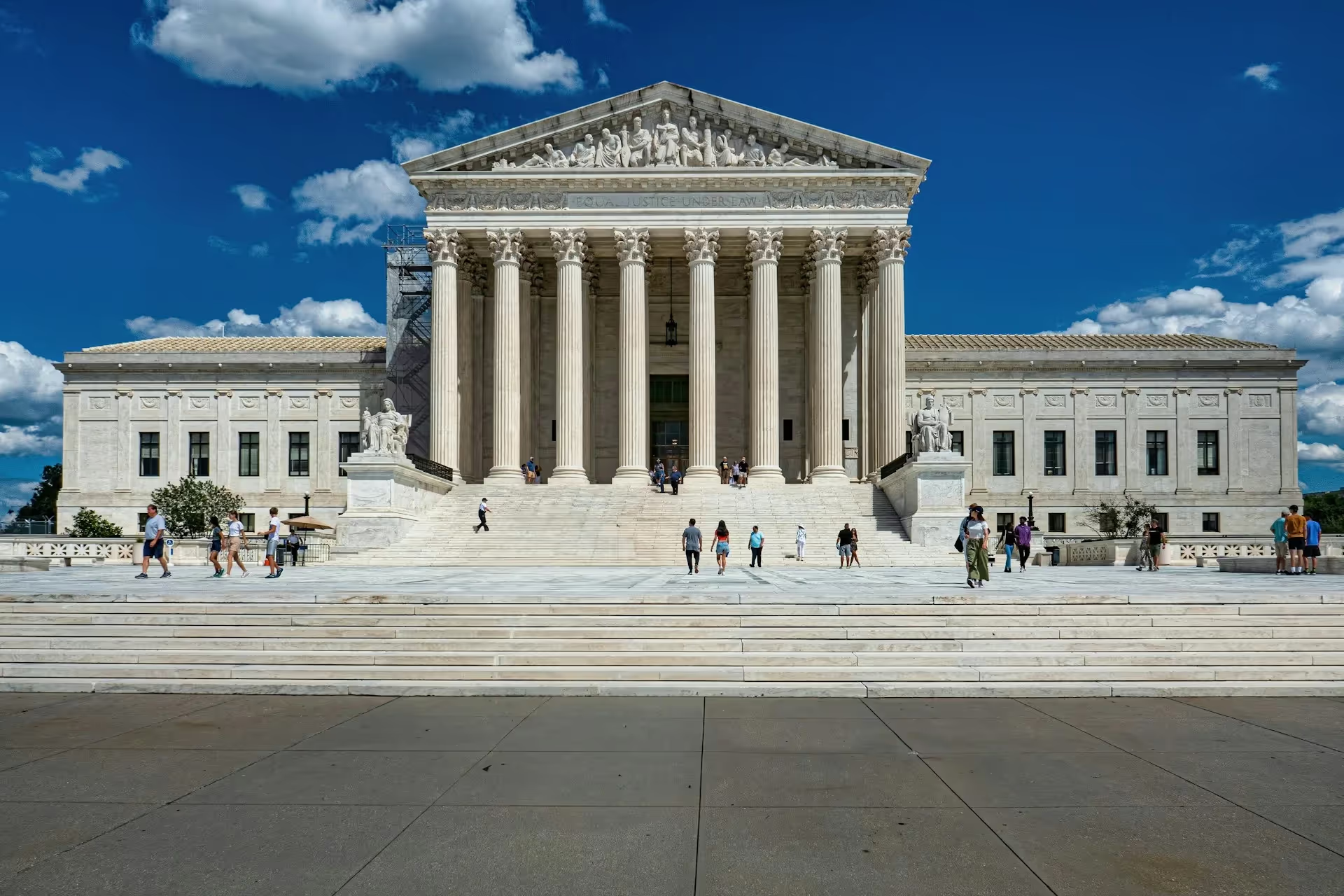
Amicus Brief: Hon. William P. Barr and Hon. Michael B. Mukasey in Support of Petitioners
Former AGs Barr and Mukasey Cite Civitas in a SCOTUS Brief

Rational Judicial Review: Constitutions as Power-sharing Agreements, Secession, and the Problem of Dred Scott
Judicial review and originalism serve as valuable commitment mechanisms to enforce future compliance with a political bargain.
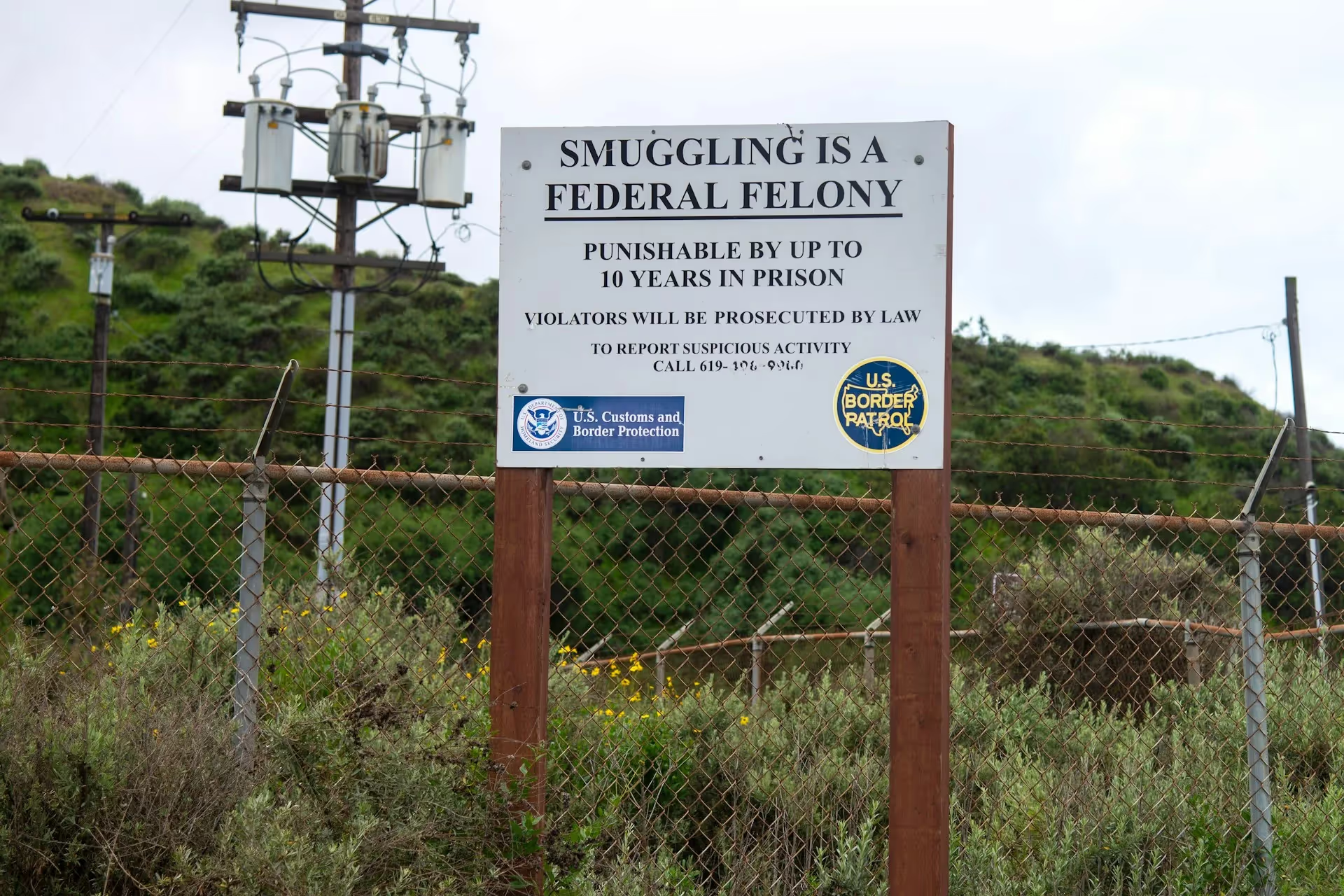
What’s Wrong with a Military Campaign Against the Drug Trade
Trump’s boat strikes against the cartels risk crossing the line between law enforcement and war.
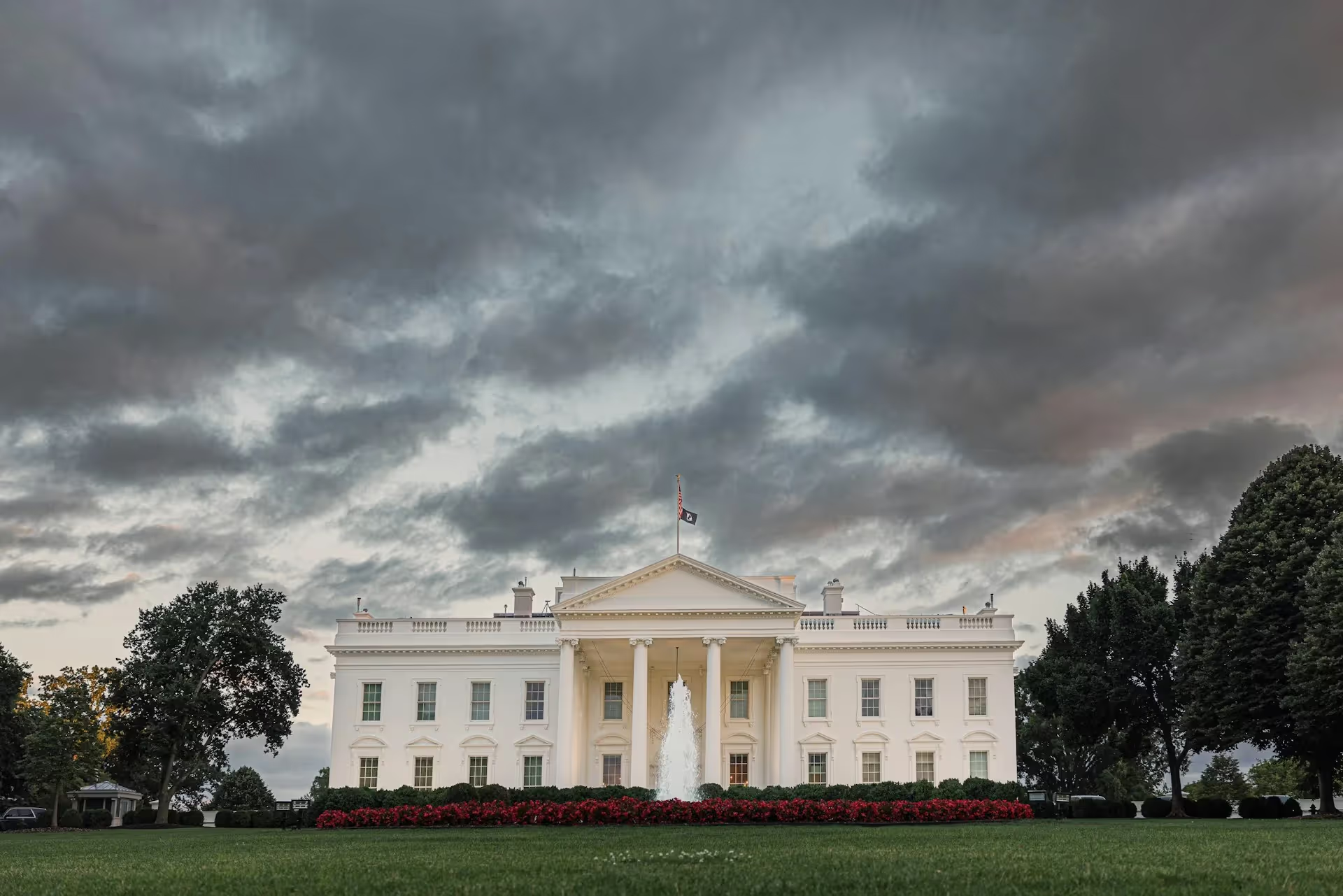
The Long History of Presidential Discretion
The Framers did not expect Congress to preauthorize every use of force or to manage military campaigns.

The Myth of Milliken
Shep Melnick evaluates Michelle Adams' new scholarly attempt to return Milliken v. Bradley and the story of Detroit school busing to the court of public opinion.

United States v. Lopez at 30: The Court’s Federalism Revolution Didn’t Happen
Why did the Court's federalism revolution go out with a whimper?


.avif)

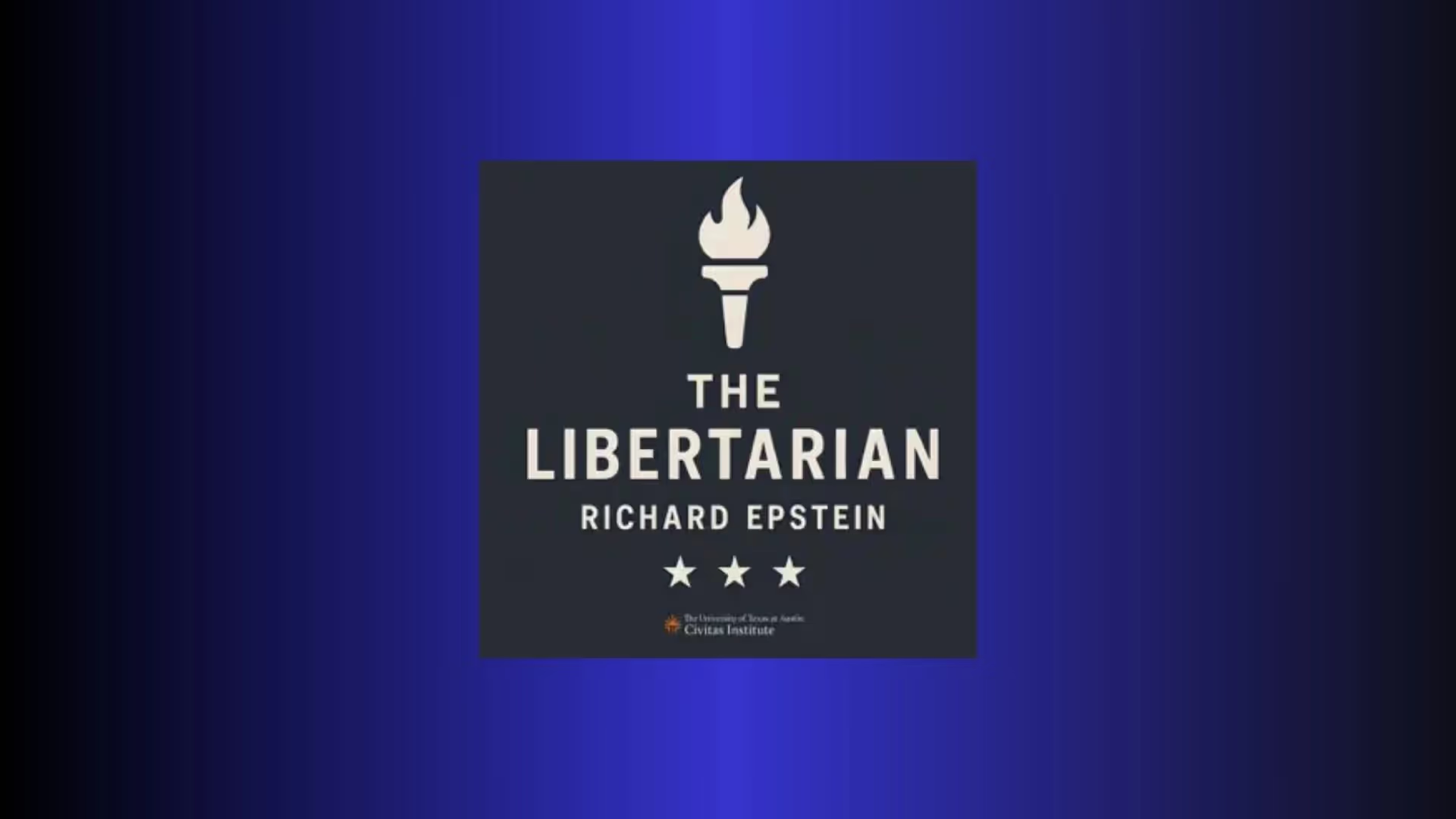
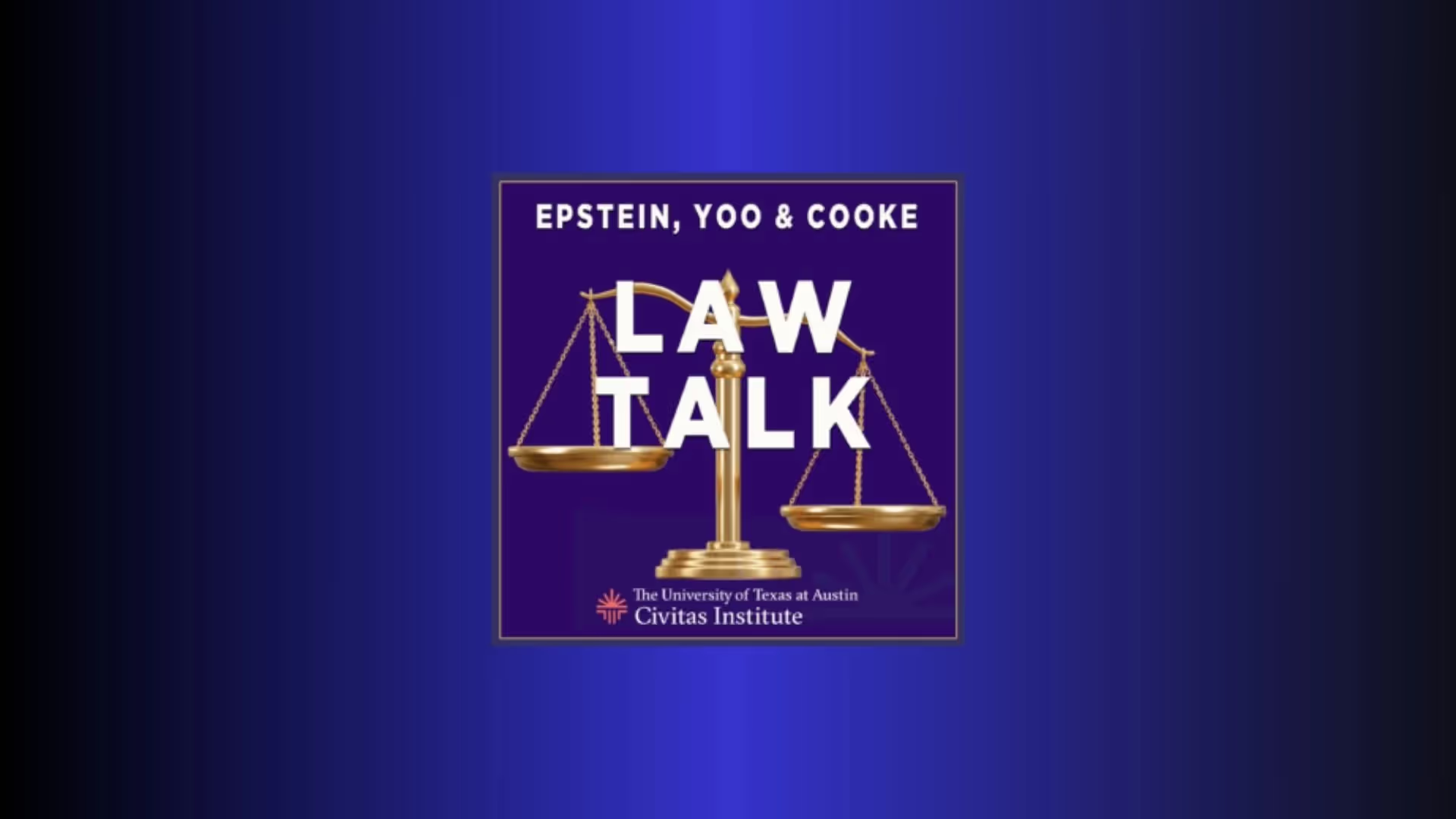



.avif)
.avif)

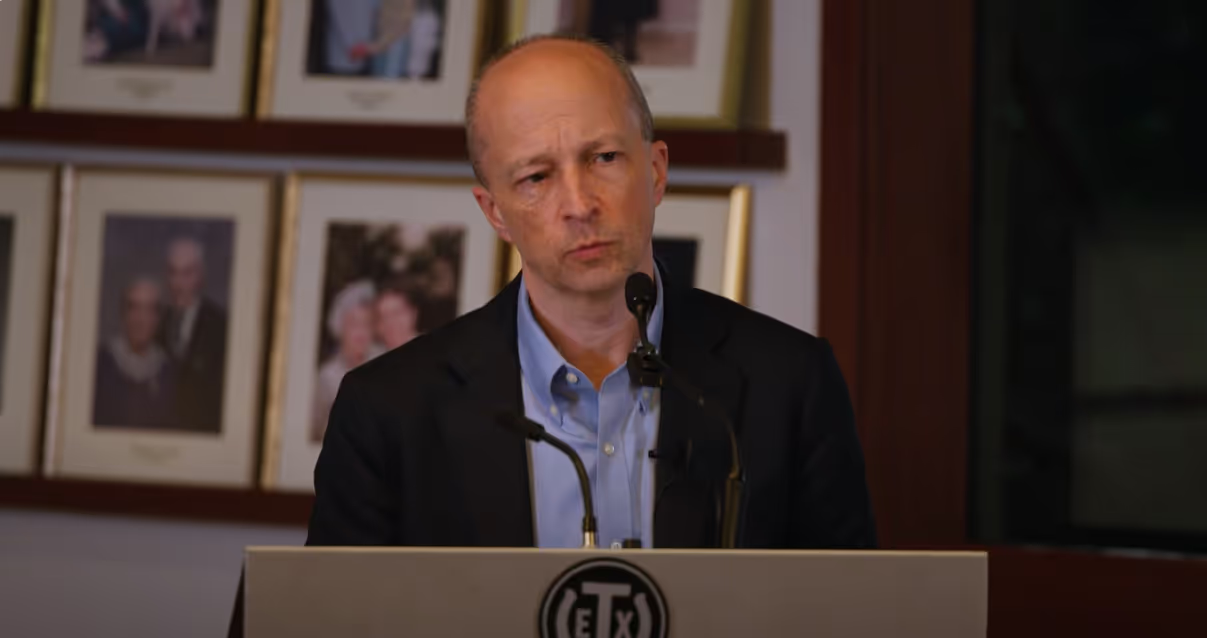
.webp)
.webp)

